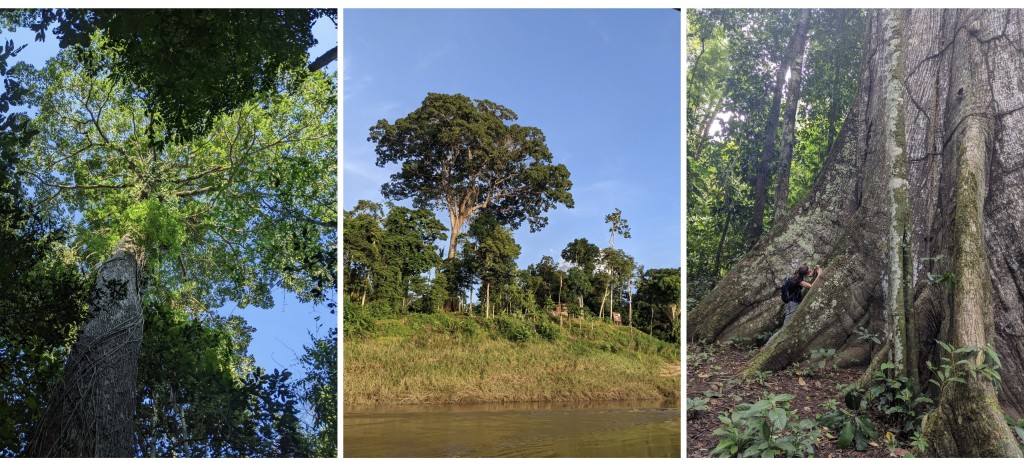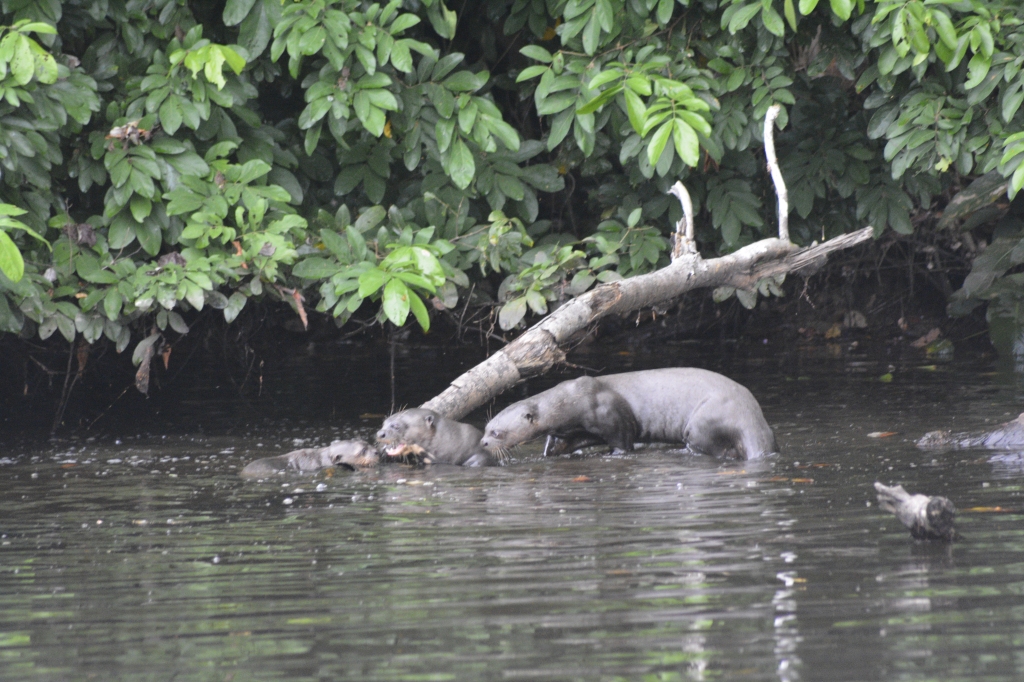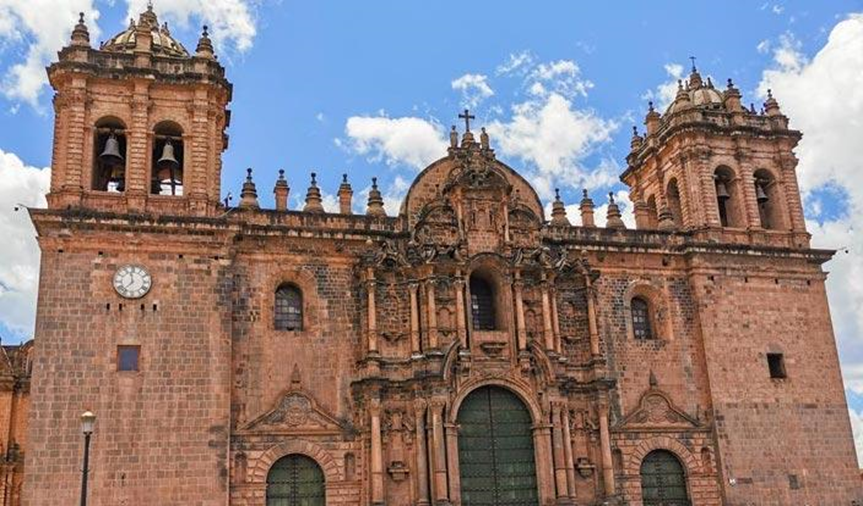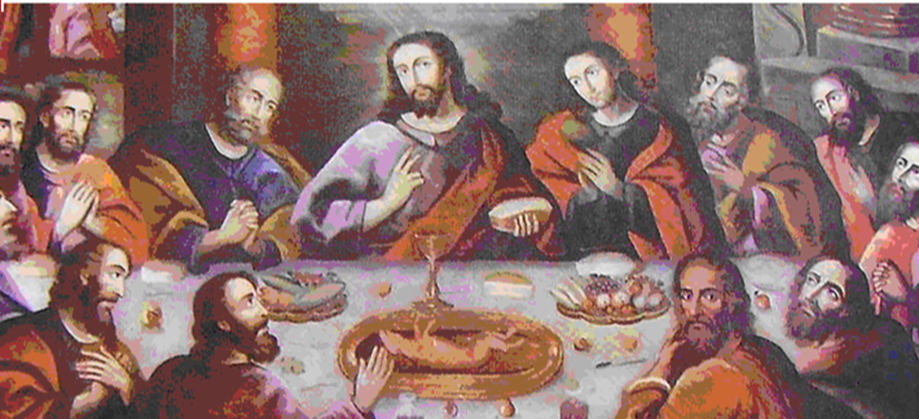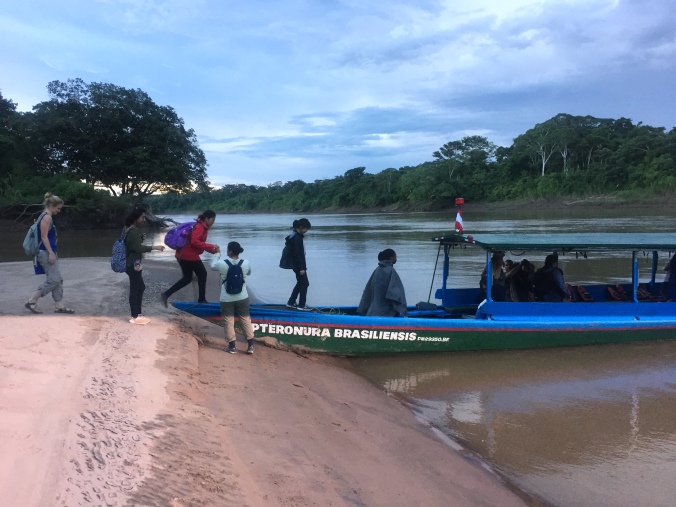By Patricia Boccard
During our trip, we traveled to both the rainforest in Madre de Dios and the mountains in Cusco, seeing firsthand the environmental and socio-political links between the Andes and the Amazon Basin. In both locations, the forest and the mountains seemed immense and impenetrable. Yet, from above, during our plane ride, it was possible to see more clearly the deforestation that is harming the ecosystem.
There is a critical relationship between the Andes and the Amazon. Millions of years ago, the rise of the Andes Mountains through shifts in tectonic plates significantly changed the landscape of what is now known as South America [1]. Through the Amazon River, and its various tributaries and streams, the glaciers on the slopes of the Andes connect to the Amazon rainforest, contributing to extraordinary biodiversity in the region [1]. The Amazon harbors about 10% of the world’s known species, 20% of the world’s liquid freshwater, and approximately half of the planet’s remaining tropical forests [2]. The Amazon’s biodiversity plays a critical role in the global carbon cycle by serving as a natural carbon sink. It also drives the hemispheric hydrological systems, which determine the rainfall and weather in the region [3].
The connection between the Andes and Amazon Basin carries social and economic impacts as well. Approximately 33 million people live in the Amazon watershed [4]. There are also 2,344 indigenous territories, comprising about 45 percent of the basin [4]. Due to the various push and pull factors predominantly tied to livelihoods, there has also been increased human migration between the Andes and Amazon. Moreover, the Amazon has many natural resources, such as oil and minerals (e.g., gold), which are extracted legally and illegally. These extractive activities are further bolstered by the increased development of transportation infrastructure in the region, such as the Interoceanic Highway.
More than half of Peru is covered in trees, making the country one of the 10 most biodiverse states in the world [5]. Yet the viability of Peru’s important Andes-Amazon connected habitat is under threat. Most notably, deforestation, driven by factors such as a growth in infrastructure and extractive industries, damages the biome and undermines its role in securing the planet’s well-being. In Peru, about 1,100 square miles of forests are cut down annually, accounting for almost half of the country’s greenhouse gas emissions [5]. Agriculture, commercial mining and related transportation construction, and illegal logging are the largest contributions to deforestation and forest degradation [5]. For this reason, governments, non-governmental organizations, and related institutions aim to strengthen biodiversity conservation, prevent deforestation, and improve community livelihoods.
What, exactly, do these organizations do to protect the environment? Through this course, we encountered individuals working on approaches that protect the environment and cultivate practices of sustainability. Both approaches involve indigenous communities who have land rights to protected areas in Peru.
One protective approach is ecotourism. During our trip, we stayed at Posadas Amazonas, an eco-tourism lodge in the Amazon Rainforest not far outside Puerto Maldonado. In the 1970s, the Ese’Eja indigenous community of Infierno received a concession of land from the government. In considering ways to improve their livelihoods and protect the environment, the Ese’Eja community of Infierno encountered an opportunity to establish a lodge in collaboration with a private company, Rainforest Expeditions, and two non-governmental organizations. Through a contract, Rainforest Expeditions and the community of Infierno work together to run the lodge, splitting the profits. Following a renegotiated contract in 2016, now 25% of the profits go to Rainforest Expeditions and 75% goes to the Ese’Eja Community of Infierno. Through this model of eco-tourism, the community is able to preserve the surrounding rainforest while also earning an income which is then used to support the community. The lodge’s 20-plus years of its existence speak to its significant sustainability and impact.
Another environmental protection approach includes communal conservation agreements. In Cusco, we met with Constantino (Tino) Aucca Chutas, the President of Association of Andean Ecosystems (ECOAN) and Co-Founder of Accion Andina, who leads forest restoration projects across five countries in South America. The Acciona Andina initiative works with indigenous communities in order to develop agreements whereby the communities restore the forests in their territories. The initiative identifies organized indigenous communities that have legally verified territory, and through an agreement, works with the community to plant native trees (i.e., Polylepis trees). These efforts utilize native species and are careful to not plant invasive species that harm the ecosystem. Communities are paid for their restoration efforts. The community can then use the funds for communal purposes, such supporting education and health care. In the last five years, over 10 million trees have been planted.
These protective efforts to conserve and preserve the environment are not devoid of challenges or unintended consequences. One study discussed changes to communal perceptions as a result of ecotourism, such as decreasing practices of reciprocity and social conflict as members disagree on how to use or spend the money received. Efforts to restore forests through planting new trees, while important, does not directly stop the continued deforestation and degradation in other parts of the region. All conservation approaches must be complemented by supportive, enforceable government policies. More specifically, the government must decrease extractive activities that harm the environment, while providing balanced alternatives for livelihoods. Generally, more political will is necessary to enforce rules that respect and protect the environment.
Tino shared a piece of wisdom that has stuck with me: real change comes from a change in mentality. People need to understand and internalize that we, humans, have a responsibility to do something to restore and protect the environment. As demonstrated by ecotourism and communal agreements, there are opportunities for action, and together these actions can make and push for a change in perspective.
Sources
[1] Pablo Correa, “Losing the Connection between the Andes and the Amazon: A Price of Peace in Colombia,” Knowable Magazine | Annual Reviews, February 22, 2024, https://knowablemagazine.org/content/article/food-environment/2024/deforestation-threatens-andes-amazon-connection-colombia.
[2] WWF “Amazon,” accessed March 23, 2024, https://www.worldwildlife.org/places/amazon.
[3] World Bank, “Why the Amazon’s Biodiversity Is Critical for the Globe: An Interview with Thomas Lovejoy,” May 22, 2019, https://www.worldbank.org/en/news/feature/2019/05/22/why-the-amazons-biodiversity-is-critical-for-the-globe.
[4] Global Environment Facility, “Amazon,” accessed March 23, 2024, https://www.thegef.org/what-we-do/topics/amazon.
[5] Julian Smith and Jill Schwartz, “Deforestation in Peru,” WWF, 2015, https://www.worldwildlife.org/magazine/issues/fall-2015/articles/deforestation-in-peru.
